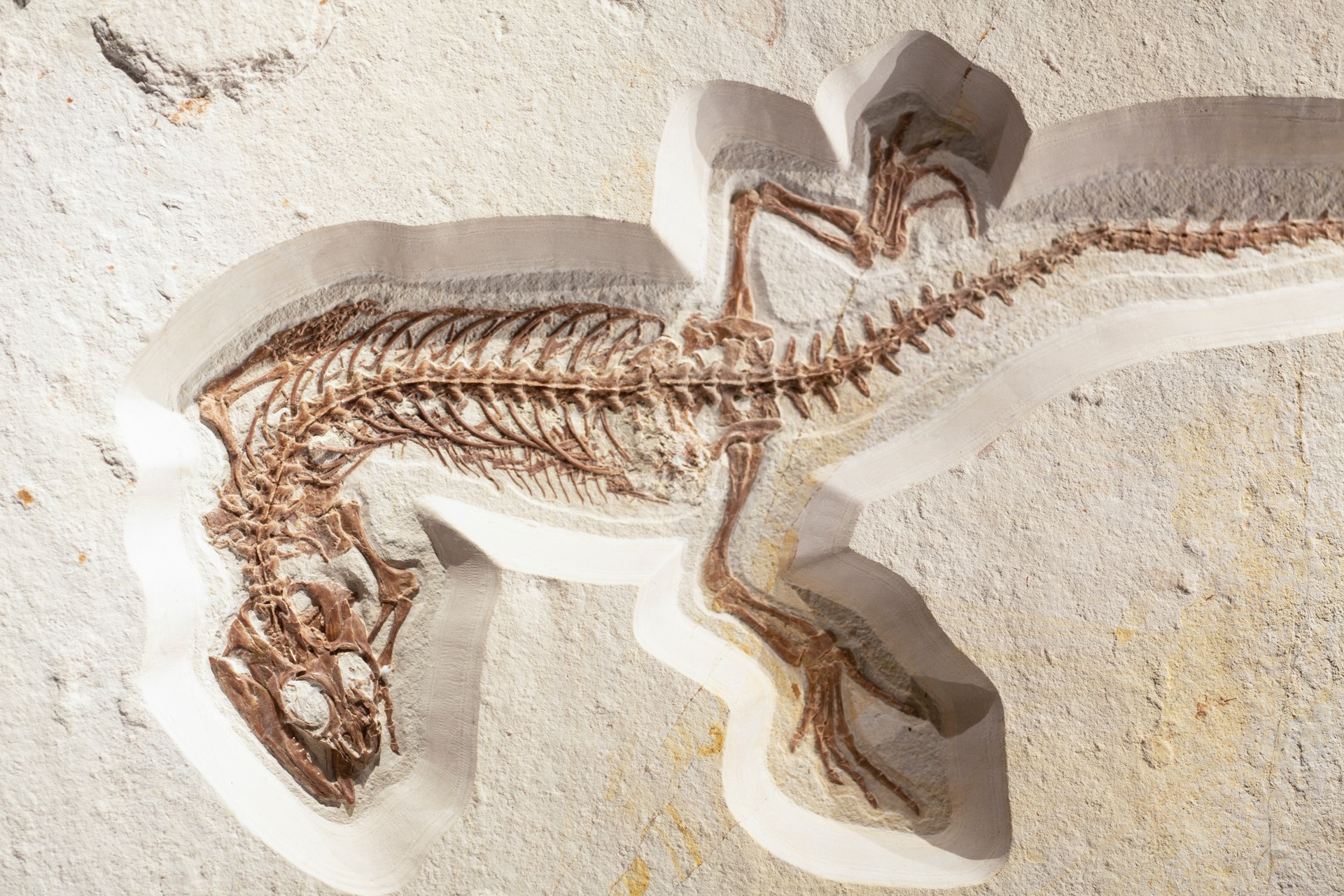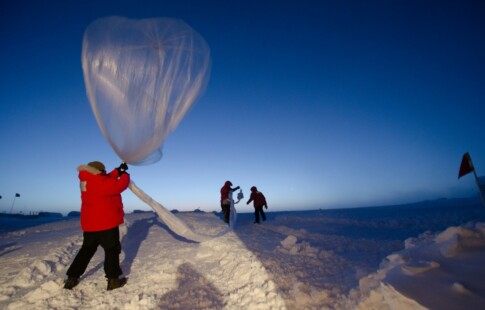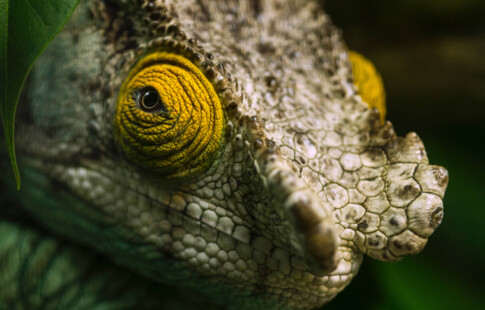
Evolution’s Links Through Time: A Timeline of Important Moments
We are reader-supported. When you buy through links on our site, we may earn affiliate commission.
Where did modern-day animals come from? You can find out by tracing their ancestors back all the way to unicellular organisms. While following Evolution’s links through time is complex, a general overview will give you a solid understanding.
Up to 4.1 Billion Years Ago
In the beginning, there was nothing — that is, until single-celled organisms came along. While the planet is around 4.5 billion years old, most experts believe life only took 500 million years to form. Some suggest it emerged in as little as 50 million years, though.
Millions of years may seem like an incredibly long time, but it’s relatively short in comparison to the age of the Earth. Even though the scientific community debates the specifics, most agree that unicellular life first appeared deep within the oceans.
Hydrothermal vent precipitates hold the earliest known evidence of its existence. Basically, they’re openings in the ocean floor that shoot super-heated water — up to 750 degrees Fahrenheit — into the surrounding area.
Amazingly, the water around them doesn’t boil because the depth they form at has too much pressure. Most vents only show up temporarily because the shifting of tectonic plates eventually destroys or moves them, but some have existed for thousands of years.
Over 2 Billion Years Ago
Eukaryotes are the next big evolutionary stepping stone. The new type of cell evolved a complex internal structure called organelles — a word meaning “little organs” — making it stand out against its single-cell predecessor.
Scientists are somewhat puzzled about how the eukaryotic cell evolved — a process known as eukaryogensis — because there isn’t much trace of it in the fossil record. Although there are some gaps in Evolution’s links through time, most estimate it came about over 2 billion years ago.
It contained things like the mitochondria, endoplasmic reticulum and the Golgi apparatus, which are the same structures inside human cells. Evolution’s links through time are still apparent even though they first emerged billions of years ago, which is significant because all life on the planet originated from this event. All plants and animals can thank eukaryotes for their existence.
Around 1.5 Billion Years Ago
Most of the scientific community agrees multicellular life emerged around 1.5 billion years ago, but there is some debate on the specifics. Recent discoveries have added to everyone’s understanding, changing previous estimations.
For instance, the 2021 discovery of a one-billion-year-old fossil known as Bicellum Brasieri proved that cell-to-cell segregation and cohesion appeared in unicellular organisms hundreds of millions of years before emerging in multicellular animals.
If you have the patience, you could watch this process unfold in front of your very eyes. Consider the case of the evolutionary biologist William Ratcliff, a man who conducted research on a single-cell fungus known as brewer’s yeast. He got the organism to grow 20,000 times larger over the course of a 600-day experiment.
It evolved a unique vine-like structure, strengthening it from something weaker than gelatin to something as tough as wood. Small projects like these are significant because they give us insight into evolutionary links through time.
Around 550 Million Years Ago
Bilateral symmetry is another big evolutionary stepping stone since it allowed organisms to move actively. Essentially, it’s when their sides mirror each other. You may actually have this trait because humans typically have an equal number of limbs on their left and right sides.
Most experts estimate that animals developed it sometime around the Cambrian explosion — an evolutionary boost that occurred around half a billion years ago — which lasted for millions of years. Many agree that this process occurred slowly over a long time.
Over 400 Million Years Ago
Have you ever heard about how fish crawling out of the ocean was the precursor to human evolution? It might seem far-fetched, but it’s surprisingly close to the truth — life started in the water, so it makes sense that it had to migrate for us to walk on solid ground.
Experts estimate that vertebrates first moved onshore over 390 million years ago. These organisms basically set the stage for all terrestrial life, including human life. Researchers can follow this evolutionary link through time to see how all animals evolved.
Researchers are always tracing Evolution’s links through time to find answers for the gaps. The Tiktaalik Roseae fish is a clear example, as its discovery helps scientists understand how ocean-dwelling creatures transitioned to live on land. The fossil record shows it had early stages of limb development, an important feature considering it would be challenging to navigate land with fins.
This evolution resulted in Tetrapods — four-legged, land-dwelling creatures — including amphibians, reptiles and mammals. It’s mind-blowing to consider how the ancestors of frogs and humans were once so similar.
Around 200 Million Years Ago
Mammals are vertebrates that produce milk from mammary glands and have hair. The term is broad, as it covers a massive number of species. Cats, dogs, monkeys and humans — yes, even you — are mammals.
Pseudo-mammals — hairy animals that laid eggs — evolved from reptiles around 178 million years ago, according to the fossil record. They existed at the same time as dinosaurs, which made survival tricky. Still, many species managed to pull through and survive.
Over time, they evolved distinct lineages of egg-layers, placenta-bearers and pouch-bearers. Current examples of animals in each of the three categories would be a platypus, monkey and kangaroo.
Mammals continued diversifying for millions of years, branching off into various environmental niches. Primates found a home in the treetops, rodents moved underground, marsupials moved into forests and cetaceans decided land was overrated and moved back into the ocean — that’s why whales and dolphins count as mammals.
Around 150 Million Years Ago
Up until now, animals have been slithering, burrowing, swimming, crawling and walking. However, animals quickly took to the sky once they figured out it would be easier. Some types of dinosaurs developed the ability to glide or leap into the air around 150 million years ago, which evolved into flight capabilities over time.
Even though the asteroid that likely killed the dinosaurs eliminated most species, their beaked brethren survived. That’s right — fragile songbirds and small chickens are direct descendants of ferocious winged raptors. Although many breeds are docile creatures now, they were once presumably terrorizing the planet.
Under 4 Million Years Ago
The human race began to emerge around 4 million years ago in the form of early hominids. However, the most recent evolutionary link — Homo sapiens — existed as recently as 40 thousand years ago.
Funnily enough, modern-day dogs began to appear up to 41,500 years ago, around the same time our most recent ancestors were around. In the grand scheme of things, these are both relatively recent developments.
Each known evolutionary iteration depicts the progression of humans from ape-like animals into intelligent and community-driven creatures. They began using tools, forming relationships and developing societies fairly quickly.
Today
Evolution’s links through time tell us how life on planet Earth evolved. You can start a whopping 4 billion years ago to see how life branched out to become the modern-day animals we know and love.
Share on
Like what you read? Join other Environment.co readers!
Get the latest updates on our planet by subscribing to the Environment.co newsletter!
About the author
Rachel Lark
Rachel serves as the Assistant Editor of Environment.co. A true foodie and activist at heart, she loves covering topics ranging from veganism to off grid living.





